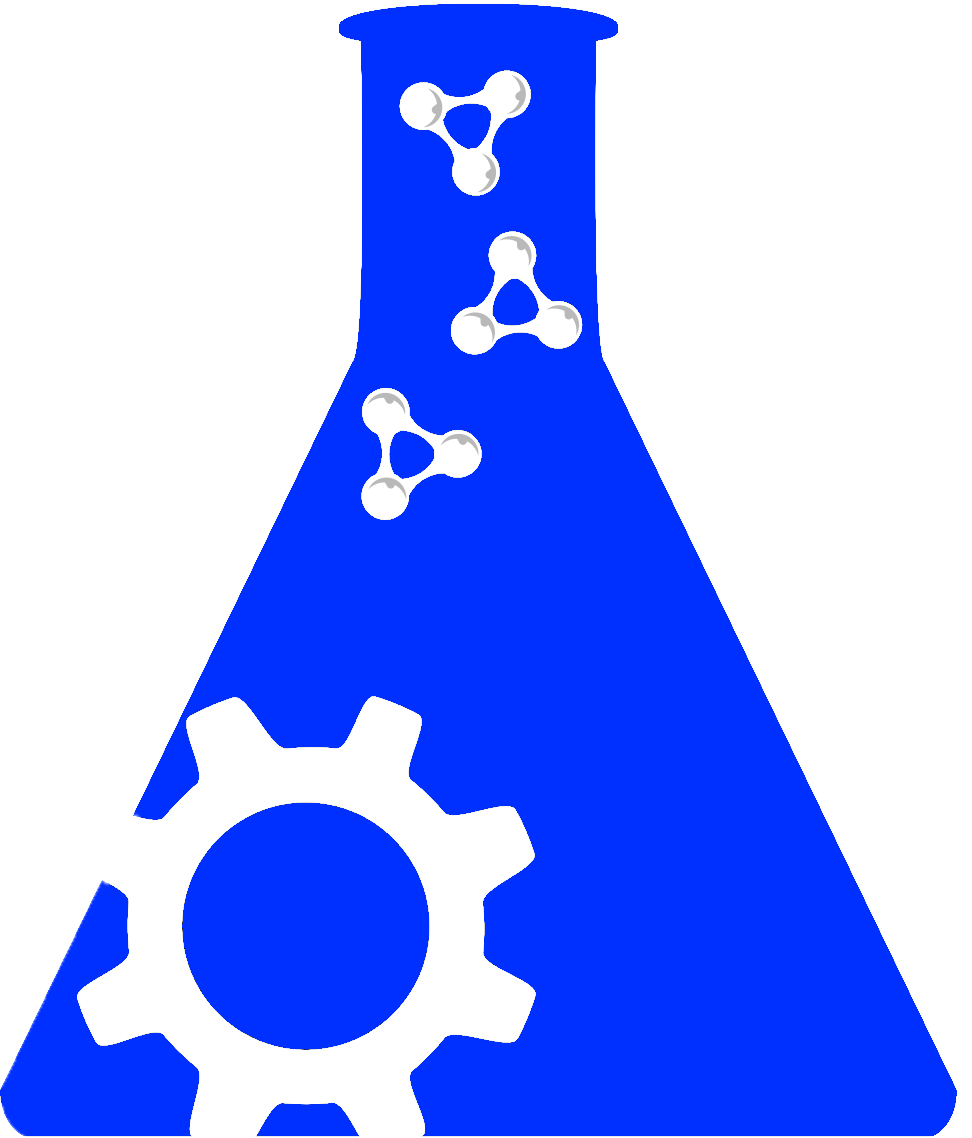Full Data Package |
Data Dictionary |
Methodology |
||||
|---|---|---|---|---|---|---|
Create new odc-sci Account and/or log in to download the file. |
||||||
An optogenetic model of hindlimb spasticity after complete T9-T10 spinal cord transection in male and female C57bl/6 miceDOI:10.34945/F5H308DATASET CITATIONGoltash S., Khodr R., Bui T. V., Laliberte A. M. (2025) An optogenetic model of hindlimb spasticity after complete T9-T10 spinal cord transection in male and female C57bl/6 mice. Open Data Commons for Spinal Cord Injury. ODC-SCI:1276 http://doi.org/10.34945/F5H308ABSTRACTSTUDY PURPOSE: The purpose of this study was to test the efficacy of optogenetic stimulation of cutaneous VGLUT2+ sensory afferents in eliciting spasticity-associated behaviours after spinal cord injury. A tri-hybrid transgenic mouse line was produced (Isl1-Cre : Vglut2-IRES2-FLPo-D : Ai80(RCFL-CatCh)-D) to express the CatCh channelrhodopsin variant with VGLUT2+ sensory afferents. These mice were then subjected to a T9-T10 complete spinal cord transection to induce spasticity. The primary goal of this work was to validate this mouse model for the study of hindlimb spasticity after spinal cord injury, where light could be used to simply and reliably elicit spasticity-associated behaviours.DATA COLLECTED: EMG data from the tibialis anterior and gastrocnemius muscles of awake and freely behaving mice was collected in the weeks following a complete T9-T10 transection (2 wpi, 3 wpi, 4 wpi, 5 wpi, and 10 wpi : wpi=weeks post injury). Blue light was directed onto each of the paws of the mice through a transparent floored chamber. Each session was comprised of 9 light pulses directed to each hindpaw, as well as 2 control pulses directed away from the mouse (20 total sweeps). Amplitudes and latencies of the EMG responses were averaged across trials. Anatomical data examining the expression of markers of various sensory afferent subtypes were also collected to confirm the identities of the optogenetically stimulated sensory afferents. RNAScope in situ hybridization (VGLUT1, VGLUT2) and immunohistochemistry (TRPV1, CGRP, IB4, TDTOMATO) techniques were performed for these markers and cell counts were performed.CONCLUSIONS: The results of these recordings demonstrated significant increases in the amplitude of EMG responses to the light stimulus from 2 wpi to 10 wpi, suggesting increased excitability of cutaneous sensorimotor pathways. Interestingly, this effect was significantly greater in the female cohort than in the males. Incidences of prolonged involuntary muscle contraction in response to the stimulus (fictive spasms) were also detected through EMG and visual observation during the testing period, supporting the presence of spasticity. As such, the optogenetic mouse model developed for this study appears to elicit spasticity-associated behaviours in SCI mice reliably and may be valuable for studying SCI-related limb spasticity mechanisms and therapeutic interventionsKEYWORDSSpinal Cord Injury; spasticity; optogeneticsPROVENANCE / ORIGINATING PUBLICATIONS
RELEVANT LINKSNOTES |
DATASET INFOContact: Bui Tuan (tuan.bui@uottawa.ca), Laliberte Alex (alalibe3@gmail.com)Lab: Tuan Bui Laboratory
|
|





